- Home
- Machining techniques
- CNC Machining Services
- Cooperative supply services
- Designs
- Materials
- Finishing Services
- Shop
- Products
- Guide
- About Us
- Contact Us
2022.3.8
Pitting, also known as pitting, pitting and oxidation pitting, is one of the common surface defects of stainless steel investment castings. Generally speaking, this kind of defect cannot be repaired and can only be scrapped. It not only increases the production cost, but also affects the normal production schedule and delivery. Therefore, how to reduce and eliminate the pitting defect of castings is one of the main tasks of investment casting workers. In this guide, we talk about the reasons that cause pitting in investment casting and list the solution methods.
Pitting usually occurs on stainless steel castings containing WCR < 20% and WNI < 10%. There are many gray black circular shallow pits on the surface of the casting, with a diameter of 0.3 ~ 1.0mm and a depth of 0.3 ~ 0.5mm.
According to relevant information, before the casting is cleaned, the pit is filled with molten slag. The petrographic analysis shows that there are chemicals such as iron silicate, manganese silicate and chromium silicate in the slag at the defect. The results of electron diffraction show that the black pitting is composed of magnetite (Fe3O4) and iron chromium spinel (FeO • Cr2O3). The results of spectral analysis show that the content of silicon in the metal composition at the defect increases, but the content of manganese is very little. After shot blasting and sand blasting, there will be gray black spots on the surface of the casting, shown as below figure.
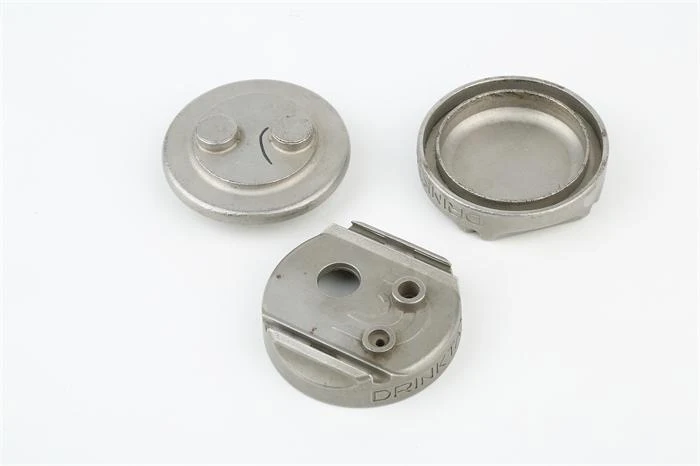
Pitting defects often appear in local thick sections, corners and inner holes of castings, and even on the whole surface of castings.
From the above analysis, it can be seen that the pitting is mainly caused by the chemical reaction between the metal oxide and the oxide in the shell material, especially the improper selection of the shell surface refractory, the incoming shell surface refractory does not meet the quality requirements, or the poor management of the shell surface refractory after entering the factory, After pouring, it is easier to produce different degrees of pitting defects on the surface of batch castings. The main causes are as follows:
(1) Excessive oxide in molten metal.
① Excessive oxide in charge. When the induction furnace is used for smelting, the furnace charge is rusted more and heavier, or the proportion of recycled charge is large, and the number of recycling times is more, which will increase the oxide in the molten metal.
② Insufficient deoxidation of molten metal. The selection of deoxidizer should not only fully deoxidize the liquid metal, but also achieve the purpose that the oxide formed after deoxidation has low melting point and is easy to aggregate and float up. The addition of deoxidizer is small. Metal processing is really good, which affects the deoxidation effect. Metal processing is really good, so that too much oxide remains in the metal liquid.
③ Improper smelting process or operation, and the oxide in the molten metal is not removed completely; In the process of charge melting, the surface of molten metal is exposed for a long time, which increases the oxidation opportunities of alloy elements. After pre deoxidation, the power failure and standing time are short, and the oxide in the molten metal does not float up in time and completely. Insufficient final deoxidation, secondary oxidation during pouring, etc.
(2) There are too many oxides in the shell surface material.
According to relevant data, because zirconium sand has the advantages of good thermal conductivity, large heat storage capacity and high fire resistance, zirconium sand is used as the shell surface refractory in the production of stainless steel investment castings. The fire resistance of pure ZrSiO4 is above 2000 ℃, but the fire resistance decreases with the increase of impurity content. When the zirconium sand contains Ca and Mg oxide impurities, the decomposition temperature will drop to about 1300 ℃, and when it contains k and Na oxides, the decomposition temperature will drop to about 900 ℃. Zirconium sand is the only compound in the ZrO2 • SiO2 binary system. The amorphous SiO2 precipitated during its decomposition has high activity and can react with alloy elements such as Cr, Ni, Ti, Mn and Al in the metal at high temperature, resulting in pitting on the surface of the casting.
For example, when an investment casting factory produces stainless steel castings, the original mold shell surface material is quartz sand / powder. When it is serious, the pitting defect of the castings accounts for about 80%. Later, when zircon sand / powder (without incoming inspection) and ethyl silicate hydrolysate were replaced as binder, the pitting defect of castings was reduced, but it was still about 50%. When the incoming inspection is adopted to control the oxide in zircon sand / powder, the number of pitting defects of castings is greatly reduced, and the degree of pitting defects is significantly reduced.
(3) It is related to the baking quality of the mold shell.
The full baking of the mold shell can remove the water, residual wax, saponification, organic matter and volatile matter in the mold shell, as well as the residual ammonium chloride hardening solution and sodium salt in the mold shell. If these substances remain in the mold shell, the molten metal will be oxidized twice during pouring, resulting in a large amount of gas or new oxides. These oxides will react with the oxides in the mold shell, which is easy to form pitting defects on the surface of the casting.
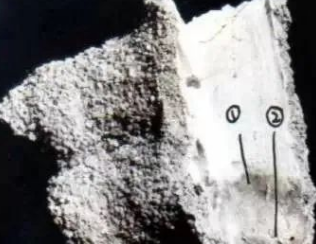
(4) At present, sodium silicate, silica sol and ethyl silicate hydrolysate widely used in investment casting belong to acidic binder.
Their common feature is that they can produce acidic oxide SiO2 (i.e. silica sol). This binder is suitable for pouring carbon steel, copper and aluminum alloy castings. If titanium and chromium alloy steel castings are poured, it is easy to form pitting defects on the surface of the castings.
(1) Reduce and reduce oxides in molten metal and improve the quality of molten metal.
– Select dry and clean charge, control the number or amount of repeated use of the returned charge, and avoid the increase of oxides in the charge.
– Adopt complete deoxidation, first add ferromanganese, then ferrosilicon, and then calcium silicon, then power off and stand for 2min, and then add aluminum for final deoxidation, discharge and pouring. Only aluminum final deoxidation can also be selected, and then deoxidation can be supplemented. That is, the secondary addition method is adopted for final deoxidation in production. The amount of final deoxidation in the first furnace is 0.10% ~ 0.12% (the amount of aluminum is related to the corrosion of furnace charge. When the corrosion of furnace charge is serious, the amount of aluminum is the upper limit; otherwise, the lower limit is taken). For the second time, add supplementary deoxidation in the ladle, and it is appropriate to use aluminum 0.02% ~ 0.05%.
– Formulate reasonable smelting process and pouring process and strictly implement them. For example, the sedation time before tapping should be able to fully float the oxide, the slag should be cleaned, and the generated oxide should be removed in time; Plant ash shall be added into the ladle, and vacuum pouring shall be adopted if necessary to prevent the secondary oxidation of liquid metal.
Some data suggest that charcoal powder is added to the sand filling material of the mold shell, or carbon materials such as graphite and asphalt are added to the shell making materials, or carbon tetrachloride is added to the mold shell before pouring, or the mold shell is placed in the reducing atmosphere immediately after pouring, such as adding sawdust or waste wax, sealing and cooling the box, or reducing the melting temperature, so as to reduce or reduce the pitting. The author believes that when selecting these measures, we should not only fully consider its feasibility and rationality in mass production, but also consider its pollution to the working environment and its impact on the health of operators.
(2) Reasonably select shell materials and ensure their quality.
– The quality of shell materials, such as zirconium quartz sand / powder, must meet the process requirements, especially the oxide contained in the surface refractory must be within the process range. The metal processing is really good, especially the content of oxide such as iron oxide can not exceed the standard. Too high Fe2O3 content will aggravate the generation of pitting.
– The raw materials entering the factory shall be inspected, and they can enter the factory and enter the warehouse only after they are qualified. The raw materials in stock shall be rechecked regularly, and the unqualified surface materials cannot be used.
(3) Reasonable shell roasting process shall be selected and strictly implemented.
The purpose of baking shell is to remove volatile substances (such as residual water, salt, mold material, etc.) from the shell and further improve the quality of the shell. The shell roasting process often used in production: the temperature is 850 ~ 900C and the time is 2 ~ 4H (the time is related to the charging amount).
The baking quality of the shell can be judged from the color of the shell appearance. If the mold shell is dark gray, it indicates that there is more carbon in the mold shell, indicating that the baking of the mold shell is insufficient; If the inner surface or section of the shell is white, pink or pink, it indicates that the roasting quality is good.
The baked shell shall be poured in time. If the storage time is too long, it shall be baked again (not roasted) before pouring. The shell cannot be roasted for many times. Each roasting will increase or add cracks on the large shell.
(4) Use neutral or alkaline binder.
The main causes of pitting in stainless steel investment castings are as follows: firstly, there are more oxides in the liquid metal and the refractory of the shell surface, secondly, the poor baking of the shell, and thirdly, the type of binder.
When the effect of the first three measures is still unsatisfactory, neutral or alkaline binder can be considered. Neutral binders include aluminum, chromium, zirconium and other metal salts, such as aluminum nitrate Al (OH) 2no3, basic aluminum chloride Al (OH) 2Cl, basic chromium nitrate Cr (OH) 2no3, etc. Alkaline binders are mainly metal salts such as magnesium and calcium, such as Ca (NO3) 2, Ca3 (PO4) 2, mg3 (PO4) 2, etc.
(1) Pitting is one of the common surface defects of stainless steel investment castings.
(2) To reduce or prevent pitting defects, we should first improve the quality of molten metal and ensure the quality of refractory materials on the shell surface; The second is to ensure the baking quality of shell.
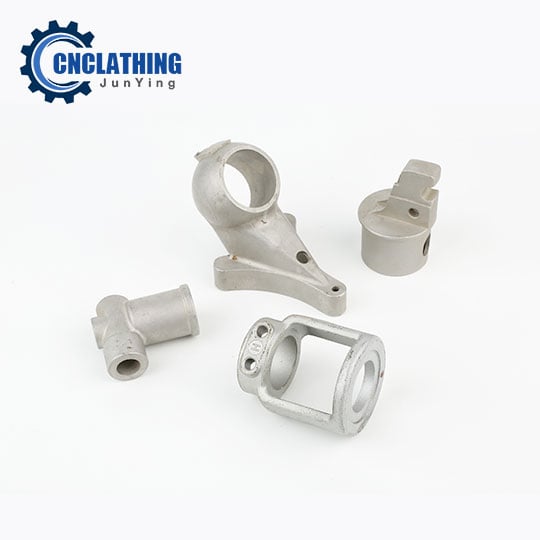 Investment Casting vs. Sand Casting: Progress, Material, Surface Finish, Dimension, Cost Differences
Investment Casting vs. Sand Casting: Progress, Material, Surface Finish, Dimension, Cost Differences
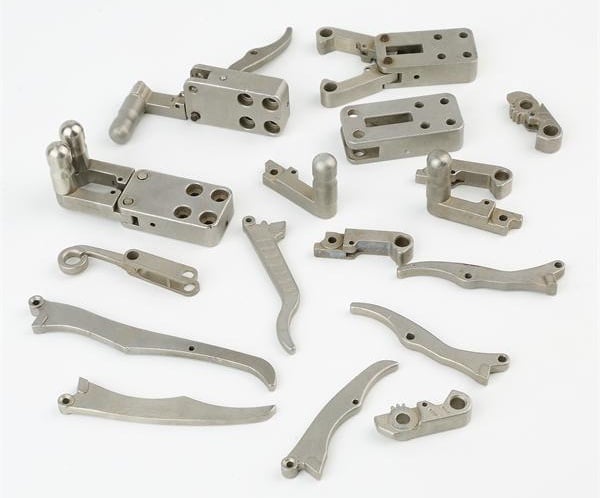 Investment Casting Overview: Principle, Process, Features & Everything About Investment Casting
Investment Casting Overview: Principle, Process, Features & Everything About Investment Casting
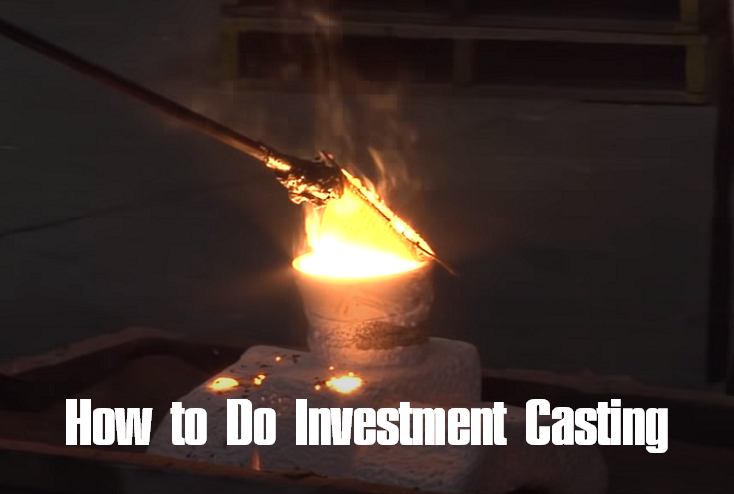 Basics of Investment Casting – How to Do Investment Casting | CNCLATHING
Basics of Investment Casting – How to Do Investment Casting | CNCLATHING
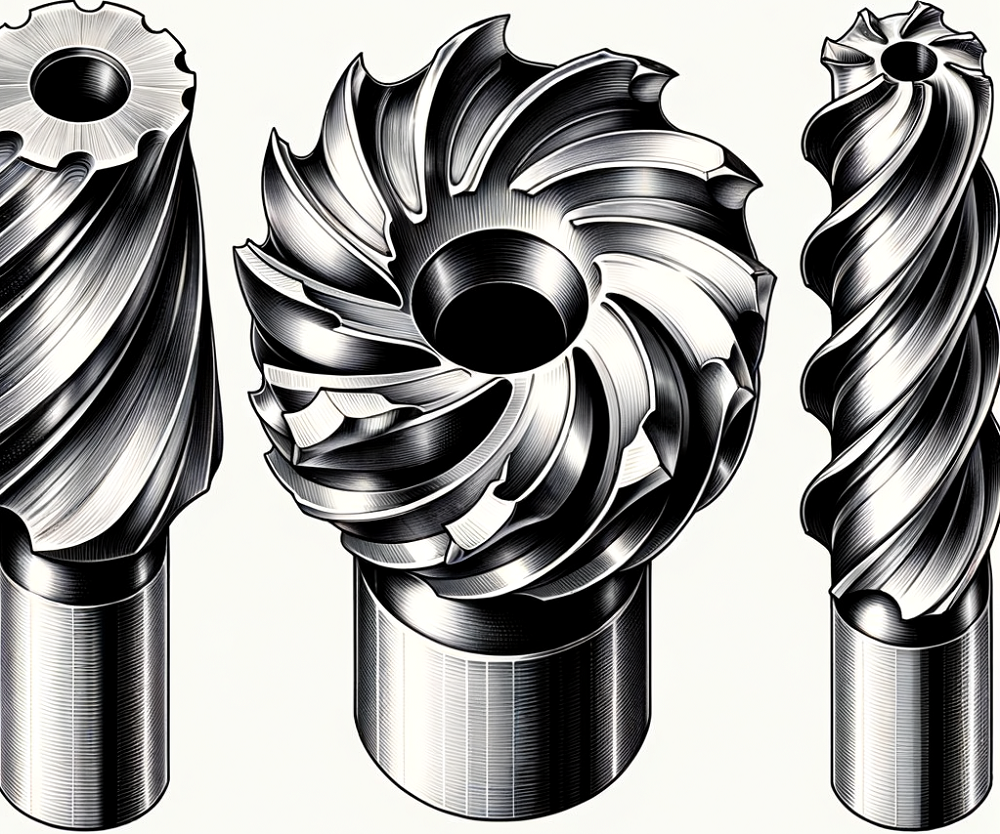 Face Mill vs Shell Mill vs End Mill Cutters: Differences & When To Use Each Milling Cutter?
Face Mill vs Shell Mill vs End Mill Cutters: Differences & When To Use Each Milling Cutter?
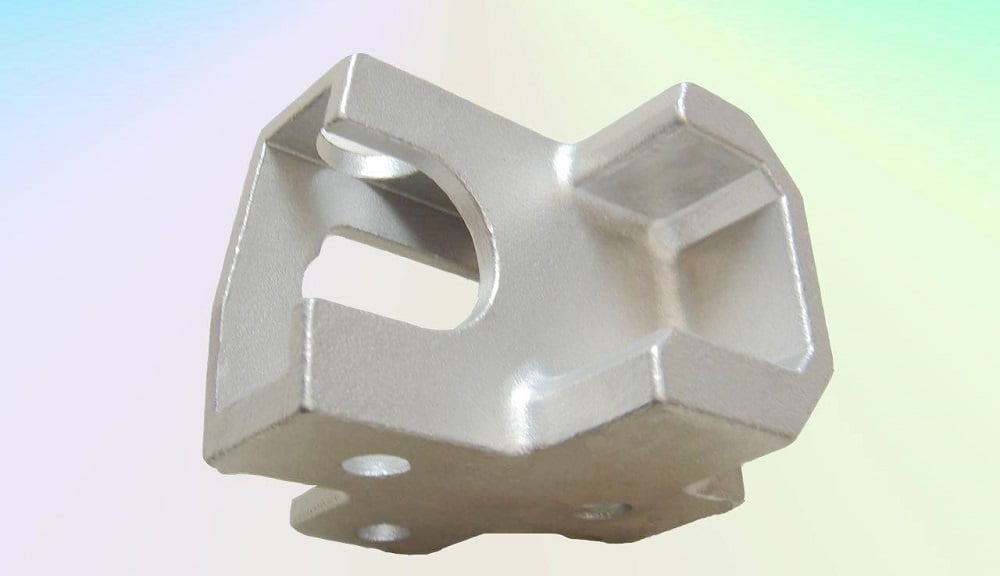 Casting Geometric Tolerances (GD&T) Charts: Straightness, Flatness, Roundness, Parallelism, Perpendicularity, Concentricity Tolerance Tables
Casting Geometric Tolerances (GD&T) Charts: Straightness, Flatness, Roundness, Parallelism, Perpendicularity, Concentricity Tolerance Tables
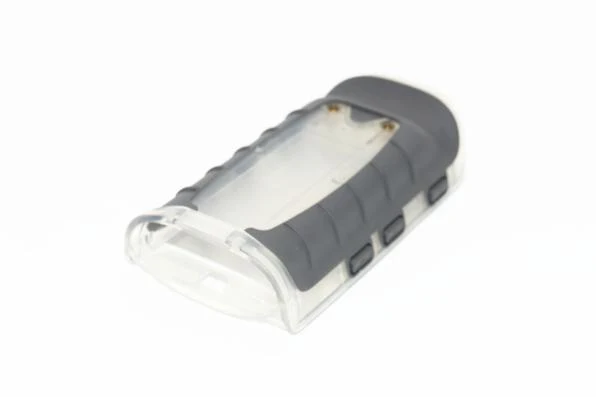 Surface Strengthening Technology Of Injection Molded Parts | CNCLATHING
Surface Strengthening Technology Of Injection Molded Parts | CNCLATHING
